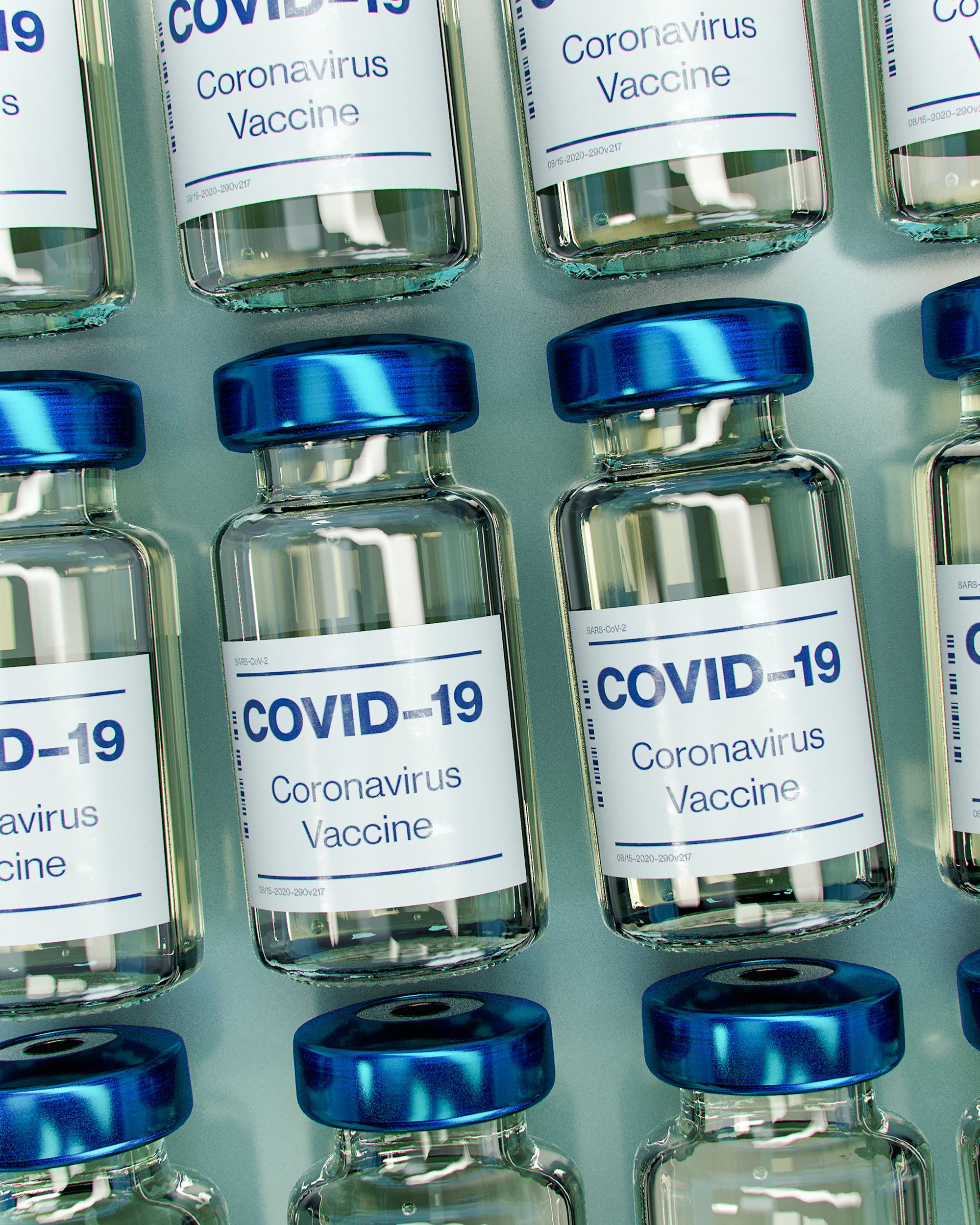View the Country Report for Pakistan in the Oxford Compendium of National Legal Responses to Covid-19
Pakistan – the world’s fifth-most populated country – reported its first case of Covid-19 on 26 February 2020. More than a year later the pandemic continues to take its toll across the country, with the Provinces of Sindh and Punjab collectively accounting for more than half of the total number of infections. Pakistan’s response to the pandemic has been marked by resort to extensive executive directions issued from time to time, authorised by existing as well as new legislation. The parameters of the initial response and the prompting of new legislation was driven in part by the Supreme Court’s suo motu proceedings on ‘combating the pandemic’ which it had initiated in April 2020.
In the period immediately before the outbreak of the pandemic there had been some political tension over the sharing of powers between federal and sub-federal jurisdictions. While competences had been drastically realigned in 2010 through the 18th Amendment to the Constitution which had devolved a number of powers to the provinces, by the beginning of 2020 repeated calls were being made to roll back the 18th Amendment and centralise power with the federation. Such calls were more controversial because the governments formed at the centre and in the provinces comprised different political parties and coalitions.
Despite the fact that the provinces have always had exclusive competence over public health, and notwithstanding the controversy over the 18th Amendment, Pakistan’s response to the pandemic has largely been characterised by cooperative federalism. This is owed in large part to the establishment of the National Command and Operation Centre (NCOC) – a body that is described as the ‘nerve centre’ for ‘unified national effort against Covid-19’. The NCOC collates and analyses information from the federation and from each sub-federal jurisdiction. It continues to meet regularly to appraise developments and make recommendations for appropriate public health measures.



